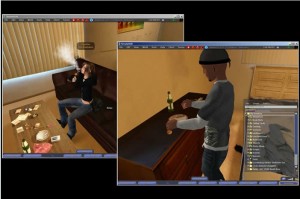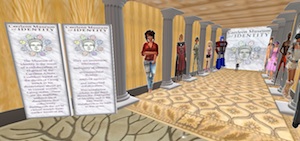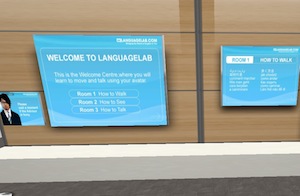 This story appeared originally on our sister-site Metaverse Health.
This story appeared originally on our sister-site Metaverse Health.
UCLA have undertaken a fascinating study within Second Life, using it as an immersive environment to replicate scenarios around methamphetamine use and the triggers those scenarios provide in relation to cravings and potential for relapse.
Read the full details here, plus there’s a short introduction video here. The preliminary outcomes of the study showed that the simulation is proving more effective for cue exposure than traditional methods such as videos and use of drug paraphernalia such as needles, syringes and preparation implements. There’s planned future research on looking at what treatments work best to reduce cravings, using the simulation as the benchmark measurement.
Aside from the obvious benefits this approach is going to bring for improved treatment interventions, some other key points need to be made:
Simulation is more than hospitals: There tends to be a focus on the use of virtual worlds to simulate hospital and paramedical environments. Those aspects are very important, but being able to replicate community environments where problematic behaviours occur, is an equally rich vein to mine as a health professional.
Virtual can be better than real: One of the preliminary outcomes mentioned was that the simulation demonstrated better cue exposure than just interacting with drug paraphernalia. This seems a little counterintuitive, but with illicit drug use in particular, the environment surrounding the use is a pivotal component, so replicating such an environment, if done authentically, is going to beat a counselling room with syringes and spoons every time. There is an enormous number of health issues where the same applies, meaning that not only can costs of interventions be lowered in some circumstances, but efficacy can also be improved.







Recent Comments